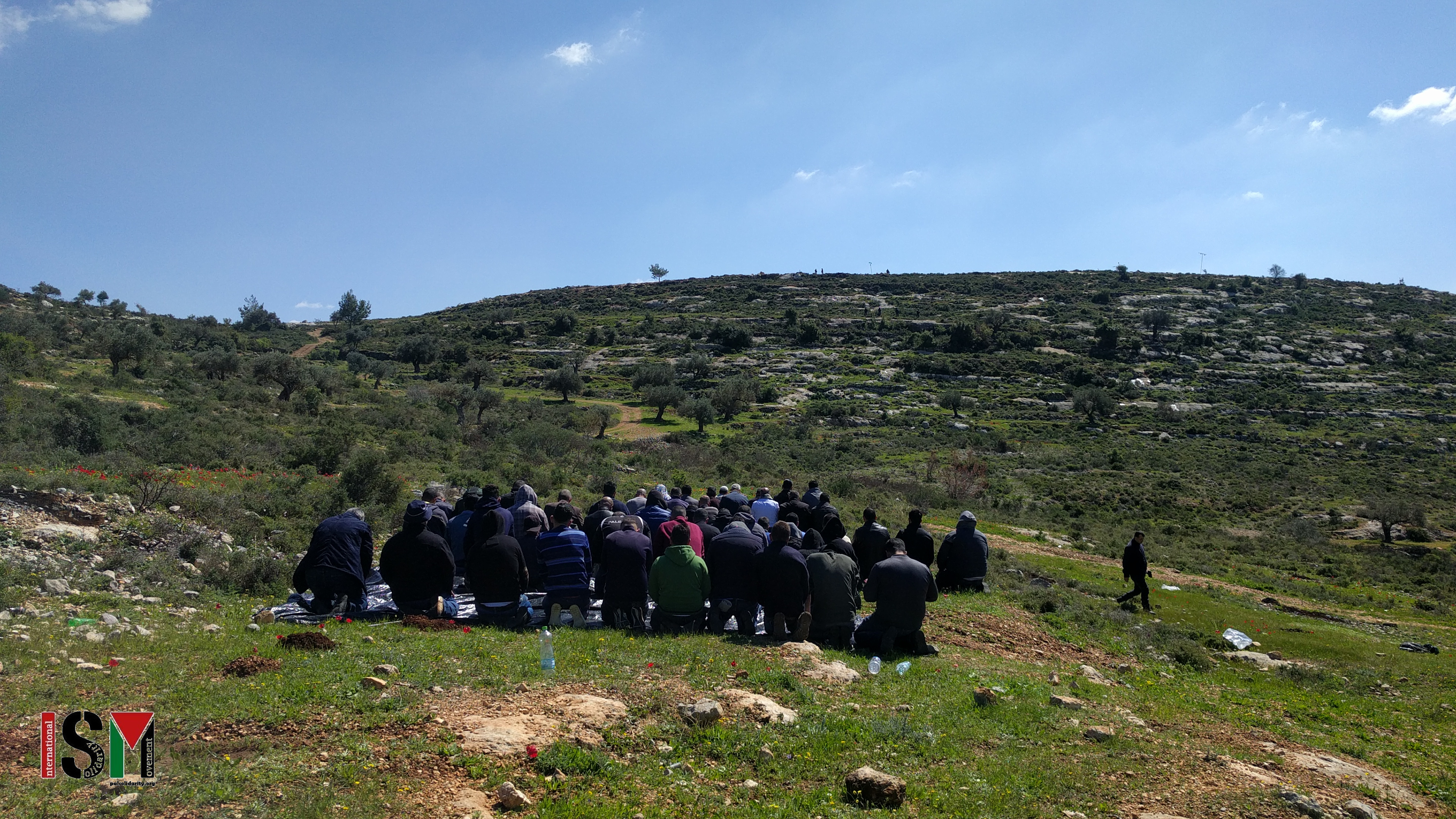Tag: Ramallah
-
Water Series: Hail of tear gas on peaceful villagers protesting settler theft of water supply in Kafr Malik
August 16 | International Solidarity Movement | Kafr Malik, Ramallah, occupied Palestine This is the third of a series of reports documenting the control and devastation of water sources by Israel as a tool of oppression. The residents of Kafr Malik, a town northeast of Ramallah, marched towards the Ain Samia area today…
-
Protesters break through replica of Apartheid Wall in Bethlehem symbolic run
Protesters gather for symbolic marathon near Apartheid Wall in Bethlehem June 19 2019 | International Solidarity Movement | Bethlehem, occupied Palestine Hundreds of people gathered in cities across the Palestinian Territories and England on Sunday June 15, to participate in a symbolic marathon in honour of the international right to freedom of movement. The project, called…
-
Prayers end with tear gas in Ras Karkar
March 8, 2019 | International Solidarity Movement, Al-Khalil team | Ras Karkar, occupied Palestine This Friday, the inhabitants of the villages around Mount al-Risan–where an outpost has been established by illegal settlers on Palestinian land–gathered for a day of peaceful protest and prayer. As soon as the religious ritual ended, the military ritual began. Before…


